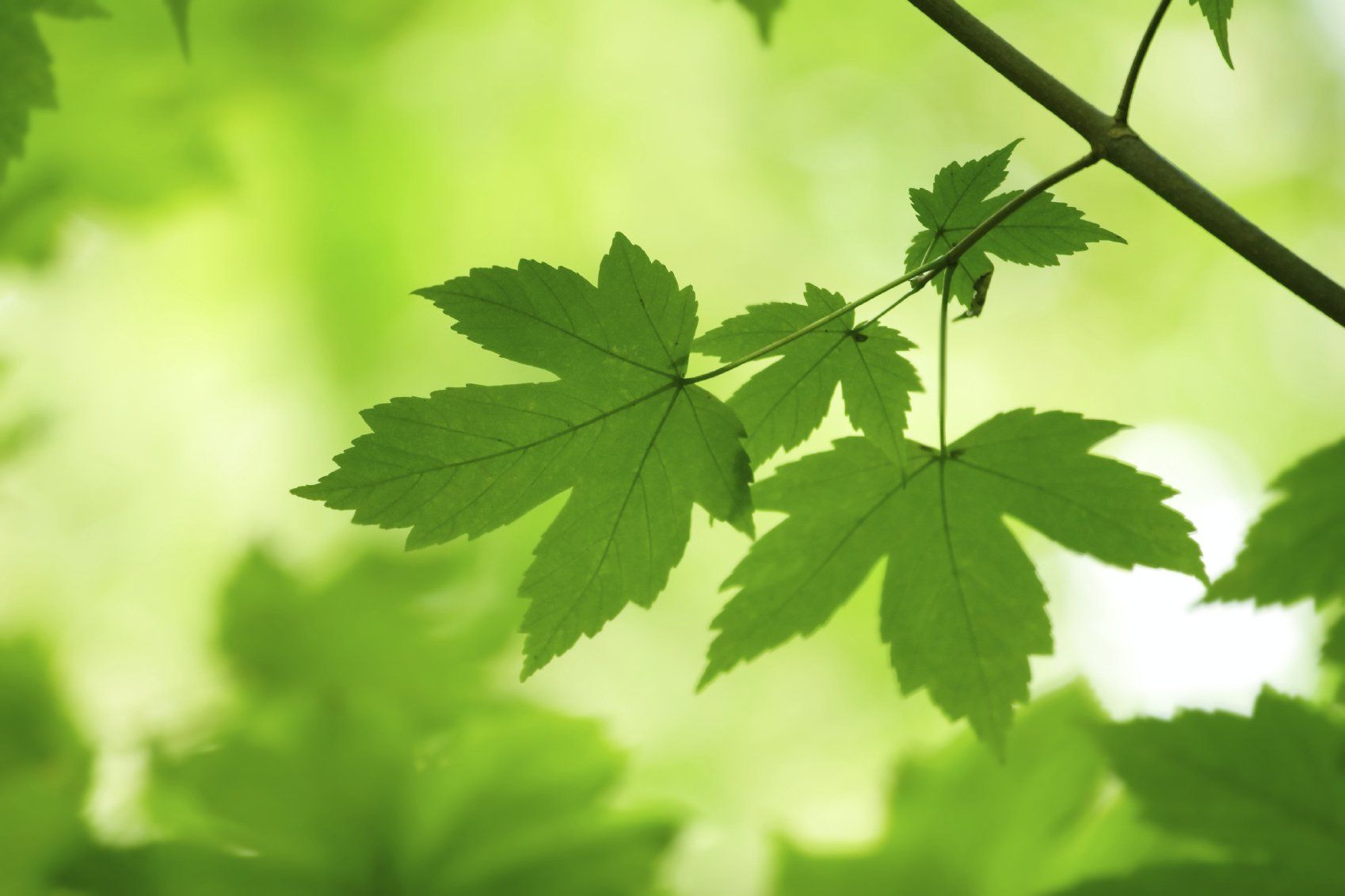The different species of truffles
The truffle is a mushroom. This statement can pass today for a Lapalissade but it should be known that the various scientists and botanists who looked into the study of the truffle took a long time to agree on this point. Known and consumed for many centuries, the truffle has retained part of its mystery. In the 1st century, Pliny the Elder considered the truffle to be a tumor of the earth. Plutarch, for his part, thought that the truffle was born thanks to lightning. Fortunately, scientific knowledge of the truffle has progressed well since the Roman era. The truffle is therefore a fungus of the tuber genus. Unlike most mushrooms, the truffle is the result of underground fruiting. We speak of hypogeous fungus. The other fundamental characteristic of a truffle is the relationship it maintains with a tree. Indeed, the truffle is the fruit of the mycelium living in the soil in association with a tree. The mycelium is attached to the roots of the host tree at multiple points called mycorrhizae. The relationship between the host tree and the truffle is called a symbiosis. This relationship is beneficial to both partners: the tree provides the truffle with organic substances (especially carbohydrates) which it needs to grow but which it cannot synthesize, not being chlorophyllic, the truffle for its part increases the intake of mineral elements (especially nitrogen and phosphorus). From a biological point of view, the truffle is also referred to as the ascocarp. The ascocarp is composed of an envelope forming the bark or peridium and surrounding the flesh or gleba. The appearance and color of the peridium, the color of the gleba, as well as the smell given off by the truffle are the main criteria for identifying the different species of truffle. The inventory of hypogeal mushroom species was carried out by the Italian botanist Vittadini in 1831. This was completed by an Italian colleague, Mattirolo, in 1933. In all, more than 100 species of truffles were inventoried. Most are of no taste. As their commercial appeal is therefore almost non-existent, no particular effort is made to cultivate them. Although it is interesting to note that truffles are a globally harvested product, which is important for commercial outlets, let's not lose sight of the fact that the aim of this research thesis is to demonstrate the tax-free benefit of a plantation. truffle. As the taxation applicable in France is specific to the country, we will focus most of our attention on the truffles harvested on the national territory. Among the species present on French soil, five species present sufficiently important qualities to justify a more in-depth presentation. These are the black Périgord truffle (tuber melanosporum Vitt.), The brumale or musky truffle (Tuber brumale Vitt.), The white summer truffle (Tuber aestivum Vitt.), The Burgundy truffle ( Tuber uncinatum Chatin) and white Alba truffle (Tuber magnatum Pico).
Tuber melanosporum or black Périgord truffle
The tuber melanosporum, more commonly known as the Périgord black truffle, is considered the queen of truffles. Its peridium is black, sometimes with shades ranging from purple to red. Its outer envelope is covered with warts whose regular angles are reminiscent of the faces of a cut diamond. For this aesthetic peculiarity as well as for its exceptional gastronomic qualities, Brillat-Savarin gave the name of "diamond of gastronomy" to the black truffle. Its dimensions can vary from those of a golf ball to those of an orange. However, some specimens can be much larger. Although it is called the Périgord black truffle, the majority of French melanosporum type truffles are produced in the south-eastern quarter, with the departments of Drôme and Vaucluse leading the way.
winter truffle
Very similar to tuber melanosporum, tuber brumale is sometimes confused with black truffle. Its dimensions are less variable than those of the tuber melanosporum and roughly correspond to those of an egg. The peridium of the brumale is purplish black. The warts which adorn it are much less marked than on the tuber melanosporum. Only an observation under a microscope can clearly distinguish them from the warts present on the black nose. Like the black Périgord truffle, Brumale likes limestone soils and grows in symbiosis with holm oak, pubescent oak, hazelnut but also beech or hornbeam. Much less sensitive to drought than its prestigious big sister, brumale is less rare than tuber melanosporum. This relative abundance associated with a much less developed aroma makes the tuber brumale more affordable. Its price is on average three to four times lower than that of black Périgord truffles. Its production area is more or less the same as that of the tuber melano. Unlike tuber melanosporum which does not tolerate cooking well because it then loses part of its aroma, tuber brumale is highly appreciated by the food industry for making sauces and other truffle pâtés.
Tuber magnatum or Alba white truffle
Traditionally harvested in Italy, this truffle is considered one of the most expensive food products in the world. Its price can exceed 3000 € per kilo. It is to the Turin doctor Pico that we owe his botanical description. The white Alba truffle weighs between 250 and 500grs. Depending on the soil in which it grows, the shape of the white truffle is smooth or lobed. Its peridium is whitish or pale yellow in color. It can make you think of a stone, its texture being much firmer than the different black truffles. Depending on the tree with which it grows in symbiosis, the gleba of the tuber magnatum takes on different colors and aromas: with poplar, the flesh is almost white and the scent little developed; with willow, the flesh is a little more colored and the fragrance more marked; with oak, the gleba is light brown in color and the scent is intense; Finally, gastronomic specialists believe that it is in symbiosis with the lime tree that the white truffle comes close to perfection with a gleba marked with rusty nuances and an exceptional fragrance. The tuber magnatum likes clay soils located between 200 and 600 meters above sea level and close to a watercourse. As its common name suggests, the tuber magnatum is harvested on Italian soil. But in the fall of 2011, an exceptional discovery was made in the Drôme: the white Alba truffle would be present in French forests! The discovery of the white truffle in the foothills of the French Alps opens up extraordinary economic prospects. According to Gérard Chevalier from INRA, several thousand hectares are suitable in France for the cultivation of white truffles. The next challenge for INRA engineers is to successfully develop a technique for inoculating tuber magnatum spores into the roots of young poplars. While awaiting this technical development, forest owners wishing to harvest white truffles must be satisfied with maintaining a favorable environment. Recent genetic advances to which we will return in another dossier may reasonably lead us to believe that this inoculation technique could be developed in the very next few years.
Tuber aestivum or summer truffle
Tuber aestivum, commonly called summer truffle or Saint John's truffle, is harvested from May to November. It likes the same soils as the tuber melanosporum. One and the same tree can produce tuber aestivum in summer and tuber melanosporum in winter, because they are two distinct species. The dimensions of the summer truffle vary from that of an egg to that of a large apple. The peridium is brown with warts much more marked than those of the black Périgord truffle. The gleba is nutty in color and marbled with white veins. Tuber aestivum grows in symbiosis with hazel, holm oak, pubescent oak, hornbeam, beech, pine or ash. Although the selling price of summer truffles is on average six times lower than that of tuber melanosporum, its harvest can constitute an interesting additional source of income for truffle growers. Long neglected and despised because of its lower taste value, the tuber aestivum is experiencing a marked revival of interest. Indeed, like the tuber brumale, the summer truffle is very resistant to cooking, it is therefore frequently used in the making of truffle products. In addition, its harvest period coincides in most regions (Périgord, Quercy, Pyrenean Piedmont, Luberon, Vaucluse, Gard…) with the tourist season. The tuber aestivum responds to the values sought by certain holidaymakers: return to nature, authenticity, gastronomy.
Tuber uncinatum or burgundy truffle
Also called Burgundy truffle because of its geographic location, tuber uncinatum closely resembles tuber melanosporum. The peridium is black, the warts are less marked and the shape is more regular. The Burgundy truffle grows in symbiosis with a large number of deciduous trees: oak, beech, hornbeam, linden. Tuber uncinatum gives off a pronounced aroma of undergrowth, much less delicate than that of tuber melanosporum. The real difference between the Burgundy truffle and the Périgord truffle is the volume of production. The Burgundy truffle is a very invasive and dominating species compared to other species of fungi. Conversely, the Périgord truffle faces strong competition from other species and is therefore struggling to settle in a new environment. This results in a big difference in production to the detriment of black truffles and thus a much lower selling price for Burgundy truffles.









